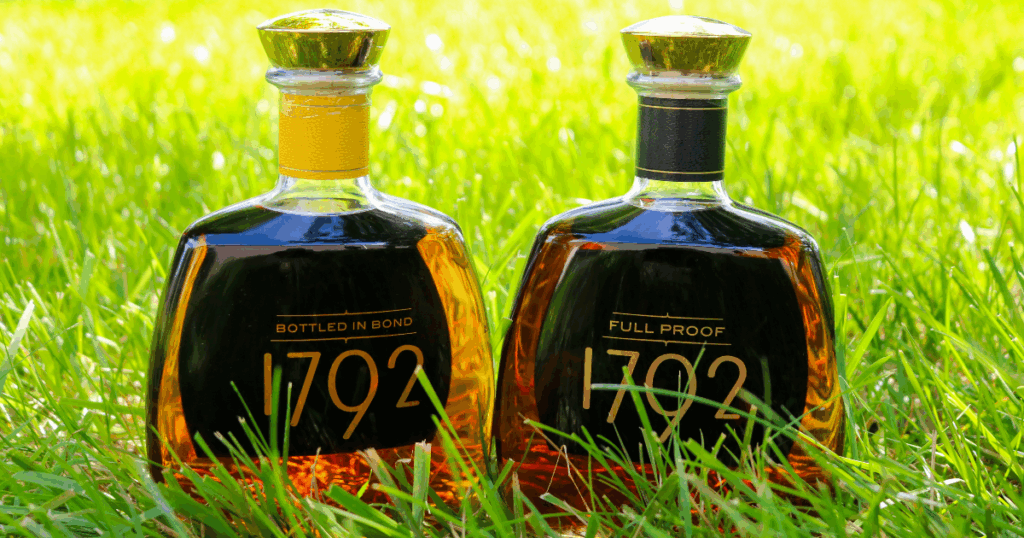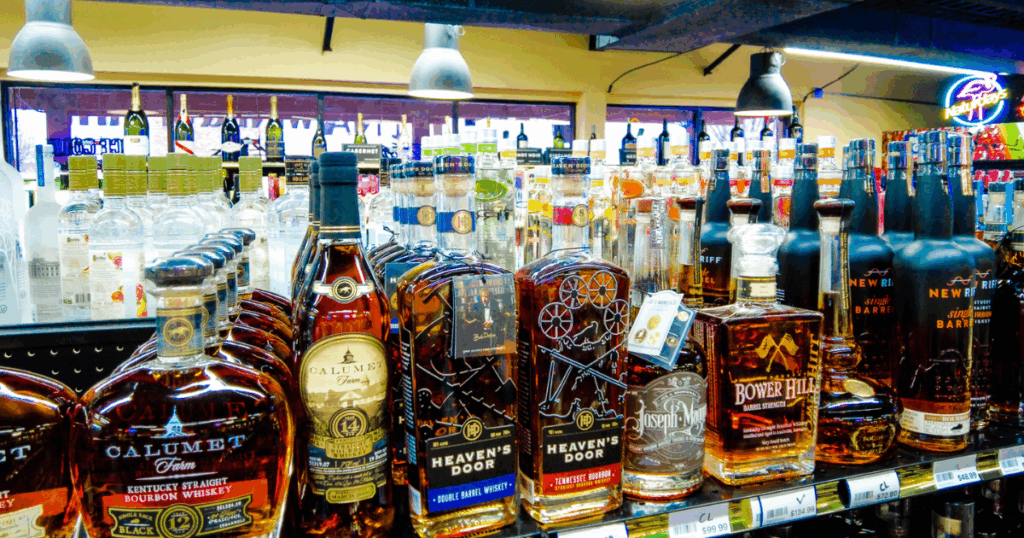Let’s be honest, most of us enjoy a cold beer every now and then. But, if you’re health-conscious or watching your waistline, you may have wondered if light beer is a better option. Today, we’ll explore everything you need to know about light beer – from the history of light beer to the benefits (and drawbacks) of drinking it. So whether you’re a beer lover or just looking for a low-calorie option, read on for everything you need to know about light beer.
History of Light Beer
It’s no secret that people have been brewing beer for centuries. In fact, some historians believe that beer was first brewed in Mesopotamia over 5,000 years ago. But it wasn’t until the 20th century that light beer as we know it today was invented.
In the early 1900s, many brewers began experimenting with different ways to make beer. One of these brewers was Joseph Owades, who developed a process for removing calories from beer without affecting the taste. This process became known as “light brewing” and resulted in the first light beer – Gablinger’s Diet Beer – hitting store shelves in 1967.
Since then, light beer has become one of the most popular types of beer in America. In fact, according to the Brewers Association, light beers accounted for 55% of all American beer sales in 2017. And it’s not just Americans who are fans of light beers – people all over the world enjoy them as well!
Benefits of Light Beer
Now that we’ve explored the history of light beer, let’s take a look at some of the benefits of drinking it. Perhaps the most obvious benefit of light beers is that they tend to be lower in calories than regular beers. For example, a 12-ounce serving of Budweiser has 145 calories whereas a 12-ounce serving of Bud Light has 110 calories.
But calorie counts aren’t everything – light beers also tend to have less alcohol than their regular counterparts. For example, Budweiser has an alcohol content (or ABV) of 5% whereas Bud Light has an ABV of 4.2%. So if you’re looking for a lighter option that won’t get you as buzzed, light beers are a great choice.
Finally, many people believe that light beers just taste better than regular beers. While this is subjective, there are some objective reasons why this might be the case. For example, because light beers have fewer calories, they tend to be less filling – meaning you can drink more without feeling bloated or uncomfortable. Additionally, because they have less alcohol, light beers don’t leave you with as strong of a hangover as regular beers do. So if you’re looking to enjoy a few beers without suffering the next day, light beers are definitely the way to go.
Drawbacks of Light Beer
Of course, no type of food or drink is perfect. While there are many benefits to drinking light beer, there are also some drawbacks that you should be aware of before making them your go-to beverage choice.
For starters, because they have fewer calories and less alcohol, many people find that they don’t get as buzzed when drinking light beers as they do when drinking regular ones. So if you’re looking for something that will really knock your socks off, regular beer is probably a better choice.
Additionally – and this one might surprise you – because they have fewer calories and less alcohol, many people find that they actually gain weight when they switch to drinking exclusively light beers. That’s right – even though they have fewer calories per serving, people often end up consuming more overall when they drink them because they don’t feel as full afterwards. So if you’re trying to lose weight or watch your calorie intake, make sure you continue to limit the number of beers you consume overall.
There are plenty of benefits to drinking light beer – from being lower in calories to tasting great. So next time you’re at happy hour or tailgating at a game, don’t be afraid to reach for a cold one!






